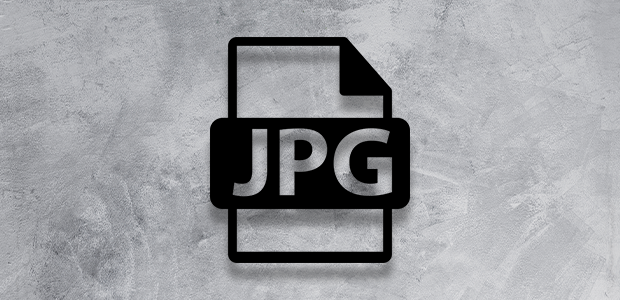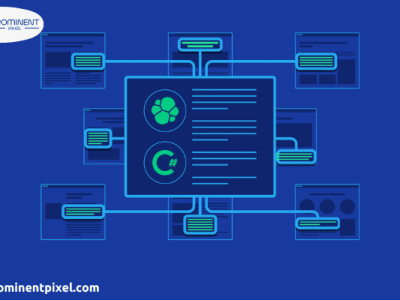Are you wondering what a JPG file is, and why it’s so widely used? In this article, we’ll explain the basics of the JPG file format, how it works, and why it’s so popular. We’ll also explore some of its key features and advantages that make it an ideal choice for many applications. Read on to find out more!
Introduction to the JPG File Format
JPG is the file format for images that have been compressed to reduce their file size. The compression process can cause some quality loss, but the file size reduction can be significant. JPG Ka Full Form is Joint Photographic Experts Group (JPG). It is a file format that is used to store digital images. It is a lossy compression format, which means that some of the image information is lost when the file is compressed. However, JPG files are still able to produce high-quality images. JPG is the most common file format used for storing and sharing digital images.
Why We Use The JPG File Format?
The JPEG file format is a lossy compression method, meaning that some image data is lost when the file is compressed. Despite this, JPEG remains a popular format for storing and sharing digital images, especially among photographers and other professionals who require high-quality images. There are several reasons for this:
1. JPG compression results in much smaller file sizes than uncompressed image formats like TIFF or PNG. This is important for storage and sharing, as smaller files take up less space and can be transferred more quickly.
2. JPG images retain a good level of detail and sharpness even at high levels of compression. This means that you can still get a good-looking image even if you have to sacrifice some quality.
3. Many digital cameras and photo editing programs use the JPEG format by default, so it’s easy to work with if you’re already familiar with these tools.
How The JPG File Format Works
The JPG file format is one of the most popular image formats used today. JPG stands for Joint Photographic Experts Group, and the format is often referred to as JPEG. The file format was developed in 1992 and has since become the standard for digital photos and images.
JPG files are compressed images, which means that they take up less space on your computer than other image file formats. When you open a JPG file, your computer decompresses the file so that you can view it. The degree of compression can be adjusted when you save a JPG file, which allows you to choose how much quality you want to sacrifice for a smaller file size.
Benefits of Using the JPG File Format
JPG is a popular image file format used by digital cameras and web browsers. The format is also commonly used to upload images to social media sites. JPG files are generally smaller in size than other image file formats, making them ideal for sharing online.
JPG files can be edited using a number of different software programs, such as Adobe Photoshop or GIMP. They can also be converted to other file formats, such as PDF or PNG.
There are several benefits of using the JPG file format:
- Smaller file size: JPG files tend to be much smaller in size than other image file formats, making them ideal for sharing online.
- Can be edited: JPG files can be edited using a number of different software programs, such as Adobe Photoshop or GIMP.
- Can be converted: JPG files can be converted to other file formats, such as PDF or PNG.
What is the Full Form of ITC?
ITC ka Full Form is the International Trade Centre. The International Trade Centre is a United Nations agency that provides trade-related technical assistance to small and medium-sized businesses around the world. ITC’s mission is to help these businesses expand their international trade and make a positive contribution to sustainable development.
ITC was established in 1964 and is headquartered in Geneva, Switzerland. ITC works in close partnership with the World Trade Organization, the United Nations Conference on Trade and Development, and the United Nations Development Programme. ITC also has a strong network of field offices and field experts who provide on-the-ground support to SMEs in over 150 countries.
Common Misconceptions of the JPG File Format
JPG is often seen as a low-quality file format, but this isn’t always the case. JPG can be used to create high-quality images, and it’s a popular choice for web graphics and photos.
1. JPG is always low quality: This simply isn’t true. JPG can be used to create high-quality images, and it’s often the preferred format for web graphics and photos. The key is to use the right settings when saving your image as a JPG. Higher quality settings will result in a larger file size, but the image will be better quality.
2. JPG doesn’t support transparency: While older versions of the JPG format didn’t support transparency, this has been added in more recent versions. You can now save images with transparent backgrounds as a JPG file.
3. JPG is only used for photos: While photos are one of the most popular uses for JPG, the format can be used for any type of image file. This includes illustrations, logos, and other types of graphic files.
4. You can’t edit a JPG file without losing quality: This is another misconception that isn’t entirely accurate. While editing a JPG file will result
Conclusion
JPGs are versatile and widely used file types that can be used for a variety of applications. Understanding the basics of the JPG file format will help you use this powerful tool more effectively, so hopefully our article has provided some insight into how it works and why we use it.










Comments